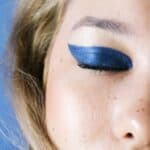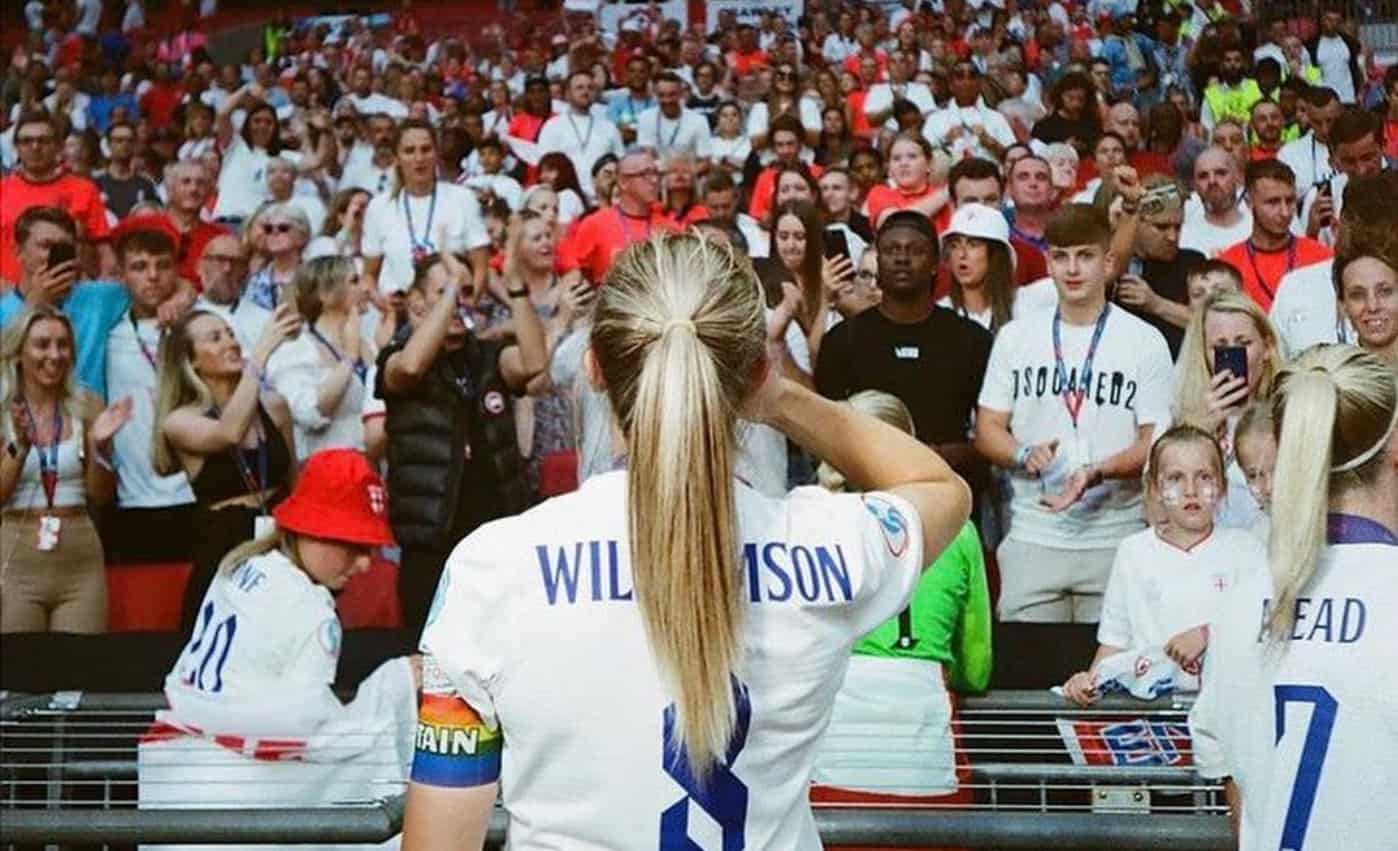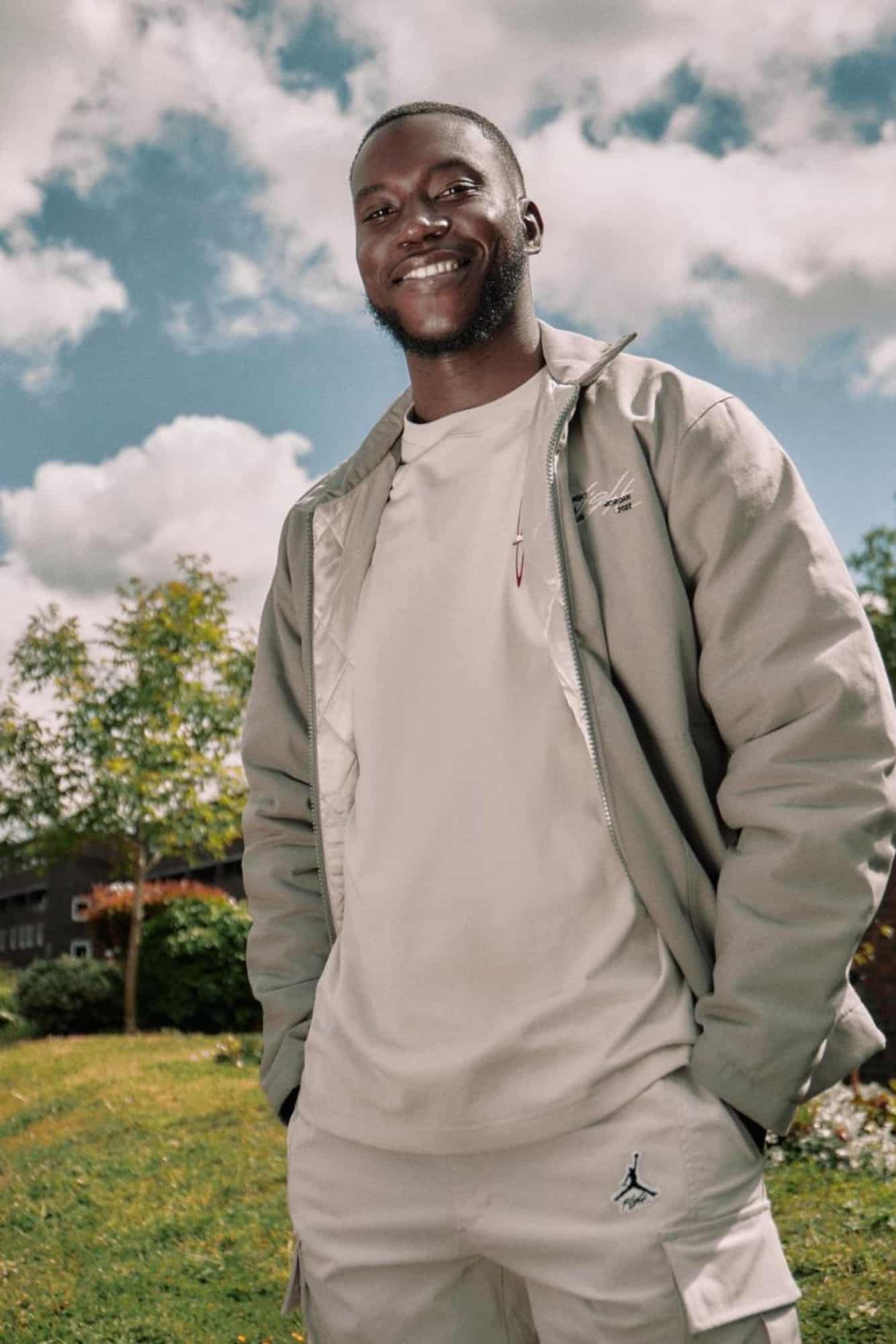As the powerhouse 2023 Wimbledon tournament prepares to hand over the global sporting baton to the FIFA Women’s World Cup, marketers and audiences alike are turning their attention to the southern hemisphere.
After the euphoric climax of seeing Wimbledon crown its first ever unseeded (Markéta Vondroušová) and third-youngest (Carlos Alcaraz) champions, it makes sense that the country needs to take a breath before the next rollercoaster begins.
However, it’s crucial to ensure the opportunities presented by the massive growth in women’s football don’t go wanting, and that campaigns are crafted correctly to ensure the best engagement.
Key takeaways
- Sporting events incite passion, take over emotions and draw crowds but at times the marketing industry appears to be playing catch-up
- Wimbledon is a powerhouse event that brings prestige, heritage and standout moments but needs to balance this with progress, increased diversity and capturing the next generation
- It has headline sponsors for every facet of the tournament but the 2023 campaigns that made a mark involve a fresh take on what the championship offers and represents
- The upcoming FIFA Women’s World Cup provides a huge opportunity off the back of England’s podium-topping 2022 Euros but some have criticised the “quiet” build-up
- ITV’s chief marketing officer Jane Stiller speaks exclusively to CORQ about the media organisation’s commitment to the tournament, how best to celebrate the players and what’s next for women’s sport marketing
Wimbledon is a highly prestigious British sporting event that marries passionate play with aspirational aesthetics and the iconic strawberries and cream.
It has long attracted a mainstream audience, who find themselves running the gamut of camping out for tickets or popping the tournament on the TV in the background of everyday life.
The “Always Like Never Before” flagship 2023 campaign from the All England Lawn Tennis Club – which stages Wimbledon – paid tribute to the huge sporting moments that have taken place at the tournament over the years.
However, the marketers behind the event cannot rest on their laurels, with the demands on their audience’s time ever-increasing – these days, more is more.
Wimbledon has a sponsor for every facet of the event, from official outfitter Ralph Lauren to official payment partner American Express and official banking partner Barclays – though the latter announcement resulted in a celebrity-backed petition to terminate the deal over Barclays’ fossil fuel connections.
A key staple of a landmark event like Wimbledon is the partnerships that can be showcased during the tournament, particularly onsite. As each sponsor has its own ticket allocation, this has become a key opportunity to invite creators who otherwise may not have attended and access a wider pool of more diverse social media users.
After all, in the words of Alexandra Willis, communications and marketing director at the All England Lawn Tennis Club, its strategy involves targeting several distinct audience segments: true tennis lovers; sporting fanatics; social fans; patriotic types; the two-weekers; and passive viewers.
This is particularly crucial for an event that risks being dismissed as elitist and only for a white, affluent, London-based audience – a factor, along with the ultimately short-lived two-week spotlight it presents, that could have contributed to the culmination of Robinsons’ 86-year partnership in 2022.
Storytelling key to capture imagination
According to CORQ data analysis, the most engaged Wimbledon social campaign is presenter and YouTuber Elz The Witch’s partnership with American Express and Wimbledon. A Reel she posted during the tournament about playing the new Fortnite Creative Map game, Race to Wimbledon, at the tennis club has 190K views, more than 16K likes and a 5.5% engagement rate.
The creator attended the UEFA Champions League Final with PlayStation in June and also went to an event at Wimbledon in June with Polo Ralph Lauren and Netflix for the streaming giant’s tennis TV series Break Point.
With hundreds of thousands of followers across Instagram, YouTube, TikTok and Twitter, Elz presents a significant opportunity for brands looking to gain the attention of viewers outside their specific vertical in a seemingly organic way – sport, gaming and entertainment content are plentiful on her socials, meaning the campaigns fit right in.
The next most engaged campaign is entrepreneur Jude J Taylor promoting American Express (5.2% engagement rate), followed by fashion stylist Billie-Jo Skelton working with Marks & Spencer (3.2%). Rounding out the top five is vlogger Lydia Dinga X Wimbledon’s official partner Pimm’s (1.8%) and presenter Olivia Wayne singing the praises of Free People’s activewear (1%).
Other campaigns that have been well received include tennis player Emma Raducanu and GQ’s Adam Baidawi partnering with Wimbledon’s official water sponsor Evian to host a lunch at the tournament and fashion creator Polly Sayer styling The Wimbledon Collection.
Football pundit Ian Wright’s storytelling genius was key to the success of his TikTok sharing his adventures at Wimbledon – from the Cloth Surgeon repurposing an Adidas jacket to Stan Smith signing his Stan Smiths and his thanks to host Lavazza (Wimbledon’s official coffee partner).
As with most topics, the best sport campaigns are personality-driven, storytelling masterclasses, funny, innovative and strategic.
The tournament’s 15 headline sponsors aren’t the only ones who can invite influencers, celebrities or fans to attend Wimbledon.
Andy Murray sparked attention by inviting Nazanin Zaghari-Ratcliffe – the British-Iranian national who spent six years in an Iranian jail on spying charges, which she denied – to sit in the Royal Box and see him play.
Wimbledon’s social media accounts are quick to capitalise on the famous faces, giving almost as much attention to spotting celebrities such as Brad Pitt, Tom Hiddleston, Emma Watson and Lewis Capaldi as it does to the sport itself.
Other notable invitees this year were members and former members of the England women’s football team, with Leah Williamson, Beth Mead, Fran Kirby and Jill Scott all making it into the Royal Box – alongside tennis legend Billie Jean King no less – a team that knows it needs to prove itself in this month’s contest.
You may also like
Women’s football World Cup: The time is now
The FIFA Women’s World Cup started on 20 July and is taking place in Australia and New Zealand for four weeks.
After the monumental success of England’s Lionesses taking home the Euro 2022 trophy and building huge support from new and existing fans alike – sparking 147 billion conversation impressions on Twitter – logic would suggest marketers would be jumping at the chance to ride the wave into this summer’s tournament.
While some strong campaigns have recently been revealed, the question remains: Should there be more? The marketing opportunities are certainly there, if companies are willing to seize them.
The run-up to the event has been tarnished slightly by news of the gender disparity in World Cup prize money and any attempt to build anticipation hasn’t been helped by a lack of clarity over TV rights, which was only resolved in June with the decision to share coverage between the BBC and ITV.
At the end of June, ITV unveiled its creative campaign to promote the tournament, which was developed by its in-house team and sees computer-generated lions wreaking havoc across England – a nod to the Lionesses being at the forefront of everyone’s minds.
Jane Stiller, ITV’s chief marketing officer, tells CORQ: “We wanted to celebrate the pride that people felt in the team after the Euros and we didn’t want to create just another campaign about women’s football – the women’s part has become a bit of a cliché. So we got to this idea about lions, lionesses.
“We wanted to bring in the daytime aspect as well, because of the time difference with Australia and New Zealand, so we came to the idea of lions waking up people all over the country. We wanted to give the importance to women’s football that we would have given to men’s football in the past. They’re not just a women’s football team – they are the football team to be supporting this year.”
ITV has had the rights to broadcast the England women’s qualifiers for the World Cup and Euros for the past couple of years and is committed to showing as many of the games as possible on terrestrial television and ITVX, alongside the BBC’s coverage.
In addition, ITV plans to distribute content across its own channels and social media, plus with its media partners such as Meta and TikTok, to ensure those who can’t tune-in fully to the games can still catch the best bits and highlights of the tournament, and continue the momentum.
ITV recently announced a new sponsorship agreement with global small business platform Xero for the tournament, which will include broadcast, bumpers and social activity, including Twitter amplification.
“We’re really trying to give it the life that it deserves. We’ve done great viewing numbers in the past on women’s football so we’re really excited to see how big it can be because we’re confident the audience will be there,” Stiller says.
“Often with sports tournaments, it needs the first ball to be kicked or the first goal to be scored for the momentum to really take off. I think the build-up is what we expected it to be and I think there will be lots of headlines about it and lots of brands getting involved.”
As a media owner and advertiser, ITV is well placed to see both sides of the market – producing the advertising to encourage viewers to watch and receiving interest from other brands for commercial opportunities.
“Mass awareness comes through mass media channels such as TV and out of home, creating a sense of occasion and something everyone’s watching at the same time,” Stiller says.
“I think it’s also important to expand what a sporting event is and share the interesting stories, the jobs off the pitch, and behind the scenes as well. That’s where digital and influencer marketing is important and I think that’s more once the tournament is going, rather than before.
“Content that is unexpected, funny, that captures something that is going on in people’s lives tends to be the stuff that performs really well. We see that with Love Island and the memes that are shared – it’s about finding a way to make content relevant.”
In terms of marketing around women’s sport, Stiller thinks the possibilities are endless.
“I think it’s only going to get bigger. So many brands are targeting women and I think women’s stories are becoming more relevant in society and culture, and the great brand ambassadors, who can help tell those stories in a relevant and relatable way to women of all ages will only become more relevant over the next few years.
“The appetite is there from brands and advertisers and I think the players will become more heavyweight influencers going forward as well and command bigger fees for the work they do in the same way male footballers do.”
ITV’s FIFA Women’s World Cup 2023 campaign is now live on air. Watch the tournament live on ITV and ITVX from 20 July.
Growing visibility for women’s football
Among the notable media coverage is Sky’s The Lionesses: A League of Their Own Special, featuring former footballer Jill Scott attempting to train comedians Maisie Adam and Katherine Ryan. Meanwhile, Google Pixel announced a partnership with the Football Association to launch Pixel FC, a group of women’s football creators and presenters who will aim to close the visibility gap in women’s football.
Another campaign that has captured the imagination, with its parallels with Gareth Southgate’s famous waistcoat and the men’s national team, is the launch of the M&S X England collection.
The M&S photoshoot video on England’s YouTube channel has 73K views and 2.2K likes, while the partnership has been shared across several posts on M&S Instagram, with one joint post with the Lionesses attracting 406K views and more than 34,000 likes.
It’s significant to see the team gaining greater media attention and partnership opportunities but with audiences for the women’s game growing so much and so quickly, it’s important brands don’t miss the opportunity to take advantage.
The obstacles are clear – an England team playing away from home, an awkward time difference for tuning in, a myriad of injuries disrupting the lineup of the successful 2022 team, disheartening results in the warmup games, distractions abounding.
One of the best ways for the Lionesses to turn the tide is to do their talking on the pitch; the performance of the team could be crucial to its ongoing fortune.
By Lauren Harris, CORQ editor. Picture credit: ITV










